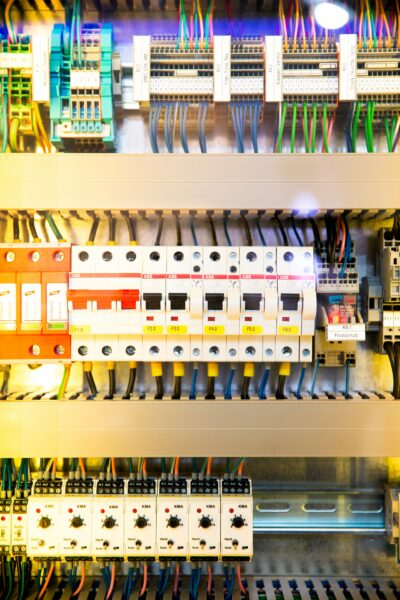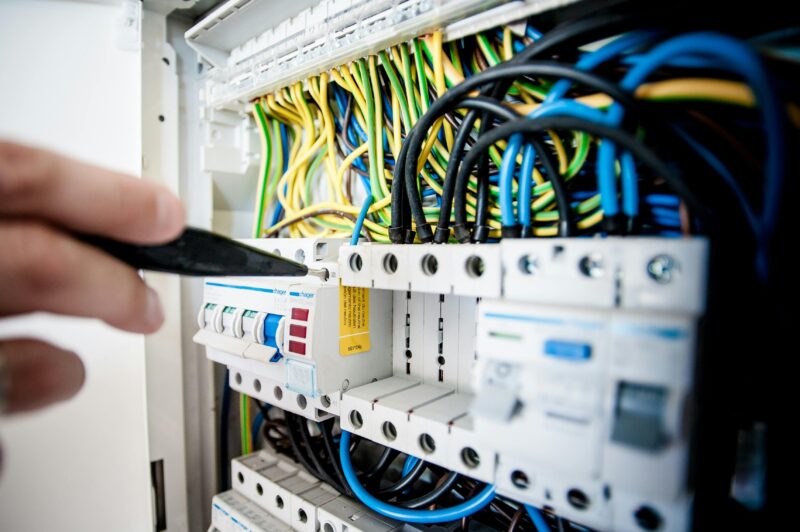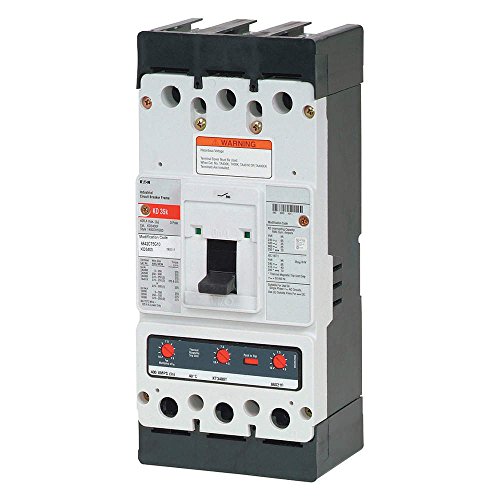
Imagine walking a tightrope blindfolded, 50 feet above ground—sounds terrifying, doesn't it? That’s pretty close to what you'd be doing if you attempted replacing a circuit breaker without powering down the main switch. Sure, it’s technically possible, but the risks far outweigh any perceived convenience.
Let’s break it down so you can make an informed—and much safer—decision.
Circuit breakers are the silent guardians of your electrical system. Their job is to protect your home from electrical overloads and short circuits by cutting off the electricity flow when something’s amiss.
When a breaker becomes damaged or worn out, you may notice issues like frequent tripping, difficulty resetting the breaker, or visible damage. At this point, replacement becomes necessary—but the question is, should you attempt it without turning off power?

Let’s be crystal clear: replacing a circuit breaker with the power still on is risky, dangerous, and strongly discouraged. Here’s why:
| Risk | Potential Consequences |
|---|---|
| Electrical Shock | Touching a live wire can lead to fatal shocks. |
| Electrical Burns | Direct contact with voltage could cause severe burns. |
| Electrical Fires | Accidental shorts may spark fires. |
| Component Damage | Live work can harm other parts of the panel. |
These risks are not "maybe it’ll happen" scenarios—they’re very real possibilities. Unless you’re a seasoned electrician with insulated gear and nerves of steel, the dangers simply aren’t worth it.
When it comes to electrical work, safety should always come first. Here’s a safer, step-by-step guide to replacing a circuit breaker:
Still feel overwhelmed? That’s perfectly okay. Electrical work isn’t for everyone, and hiring a licensed electrician is a smart way to stay safe while ensuring the job is done right.
If you’re handling even the most basic electrical tasks, keeping safety in mind is non-negotiable. Here are precautions to follow every time:
While replacing a circuit breaker without turning off the power might seem convenient, one wrong move can result in life-threatening consequences. Electrical safety isn’t just a guideline—it’s the difference between a successful DIY project and a potentially disastrous situation.
What are your thoughts? Have you tackled an electrical project before, or do you prefer to leave it to the pros? Drop a comment below—I’d love to hear your experiences!
Check out our recent articles for more tips on electrical safety and other home improvement topics.

Enhance your electrical systems with the KD3400 Thermal Magnetic Circuit Breaker, a robust solution for managing electrical overloads. Designed with the K-Frame and part of the KD Series, this breaker supports up to 600 VAC and 250 VDC, with a current capacity of 400 A across three poles. Ideal for both residential and commercial applications, it ensures reliable protection for your electrical wiring while maintaining operational efficiency without the need to shut off power entirely. Trust in its durability for seamless service and ultimate safety.
In closing, we hope this post has shed light on why attempting to replace a circuit breaker without shutting off power is like juggling with fire. Your safety should never be compromised for convenience, so always take the necessary precautions. If you're interested in more home safety tips and want to dive deeper into architecture and electrical insights, we invite you to follow us on our social media platforms. You can find inspiring ideas on Pinterest, check out our visual stories on Instagram, join the conversation on X (formerly Twitter), or connect with our community on Facebook. We love engaging with our readers and we're just a click away, so feel free to reach out. Stay safe and let’s make smarter decisions together!
While it's technically possible to replace a breaker without shutting off the main power, it is not advisable. For safety, it's recommended to turn off the main power first. If you choose to proceed, ensure the existing breaker is switched off before removing it. Then, disconnect its wires (which should no longer be live), attach them to the new breaker, secure the new breaker in place, and finally switch it on.
Changing a circuit breaker should be performed by a licensed electrician, and it must be done with the power entirely disconnected. This task may require a permit, and adherence to electrical codes is imperative to ensure the safety of your household.
Replacing a main breaker is feasible but should be handled with caution. If you're unsure or uncomfortable, it's best to hire a professional electrician. Before you begin, make sure the main circuit breaker is switched off and secured in the off position. Most residential breakers are designed to snap in, with the wire providing the only physical connection.
Breaker boxes without a main shutoff, commonly found in older homes, can pose significant safety hazards. Without a single point to cut off power in an emergency, it becomes difficult to swiftly disconnect electricity, increasing the risk of electrical fires or shocks during maintenance tasks.

Immerse yourself in architecture’s most boundary-pushing ideas—where innovative home improvements meet visionary urban developments. Discover new building techniques, materials, and creative concepts that are redefining how we shape our spaces on a global scale.